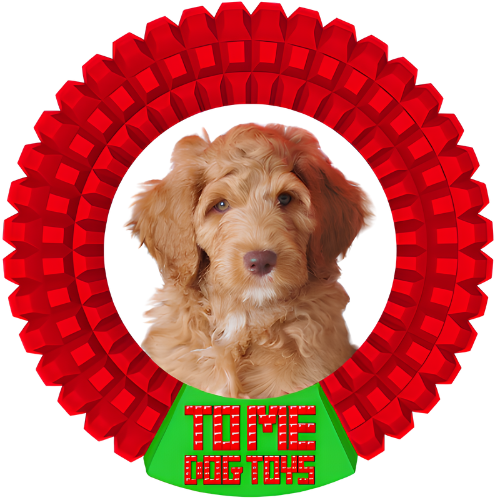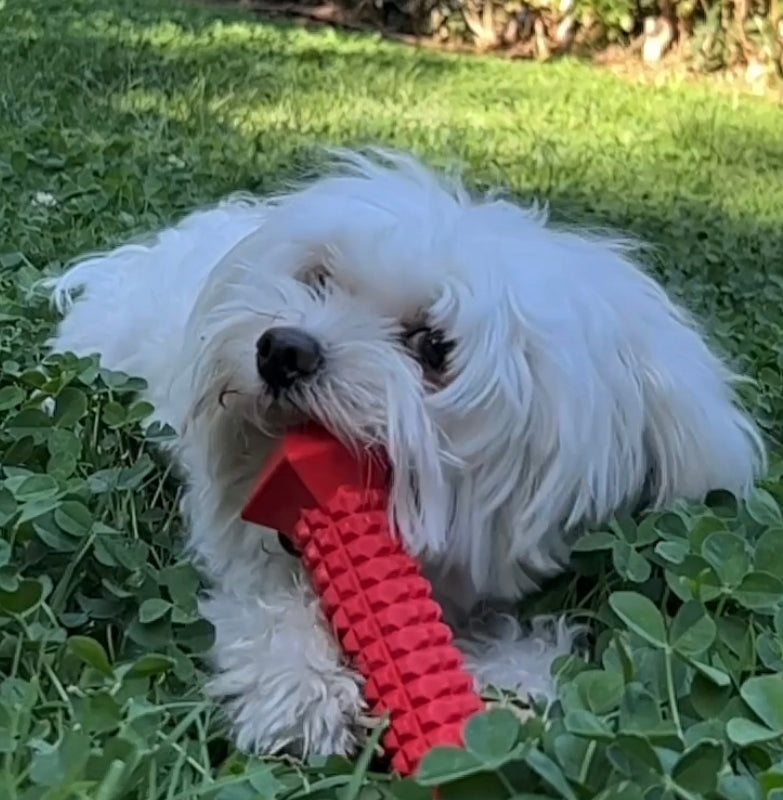Let's face it: even the most adorable pup can start to stink like a well-worn gym sock if we neglect their grooming needs. Just as you wouldn't go months without a shower, your furry friend also needs regular sprucing up to stay happy, healthy, and Instagram-ready! So, what's the 411 on keeping your dog looking more like a Westminster champ than a mangy mutt? Stick around, because we've got the head-to-tail lowdown on keeping your canine companion in tip-top shape.
Bathing Your Dog
The process of bathing your dog starts long before water touches the fur. First, ensure you have all the necessary supplies ready: dog-specific shampoo, towels, a brush, and perhaps a non-slip mat for inside the tub. Start by brushing your dog to remove any loose fur and tangles. Wet your dog's fur thoroughly and then apply the shampoo, massaging it in from the head and working your way down. Be careful not to get shampoo in the eyes, ears, or nose. Rinse thoroughly until the water runs clear, ensuring no shampoo residue remains. Dry your dog with a towel and allow him or her to shake off any excess water. Always provide a treat or positive reinforcement afterward.
Brushing Your Dog
The type of brush or comb you'll need depends on your dog's fur type. A slicker brush is great for removing tangles and mats, while a bristle brush works well for short-haired breeds. Start at the head and work your way to the tail, following the direction of hair growth. This is also an excellent time to check for any lumps, bumps, or skin abnormalities. Remember to be gentle – brushing can be a bonding experience!
Shedding
Shedding can be managed by regularly brushing your dog. Some breeds may benefit from occasional trips to the groomer for a de-shedding treatment. During heavy shedding seasons, consider using a deshedding tool to help remove the undercoat more effectively. Regular baths can also help to loosen up the dead fur.
Skin Problems
At the first sign of excessive scratching, inspect your dog’s skin closely. Look for signs of redness, irritation, or any unusual marks. Fleas are a common culprit, so check for these tiny pests. If the issue persists, a trip to the vet is necessary. The vet can diagnose the issue and suggest appropriate treatments, whether it's medicated shampoo, antibiotics, or dietary changes.
Dental Care
Begin with a dog-specific toothbrush and toothpaste. Gently open your dog’s mouth and brush in a circular motion, paying extra attention to the gum line and back molars. If your dog resists at first, start slowly and offer lots of praise. Dental chews and toys can also supplement your brushing routine, but nothing replaces the efficacy of regular brushing.
Eye Care
When conducting a home eye exam, note any changes in the eye’s appearance. If there's any persistent redness, tearing, or unusual discharge, it might be time for a vet visit. Regularly clean the corners of your dog's eyes with a soft damp cloth to prevent build-up.
Ear Care
Using a vet-approved ear cleaner, moisten a cotton ball or pad and gently clean the inside of the ear. If the ears have an unusual odor or discharge, it might be indicative of an infection and a vet consultation is recommended.
Nail Care
Nail trimming requires a good nail clipper or grinder. Hold your dog’s paw firmly but gently. Cut the nail below the quick – the sensitive part of the nail that contains blood vessels. If you accidentally cut the quick, have styptic powder on hand to stop the bleeding. Remember, regular walks on hard surfaces can naturally wear down a dog's nails.
Paw Care
Check between the pads of your dog’s feet for any foreign objects, cracks, or dryness. Clean them regularly, especially after walks on salted roads or rough terrains. In winter, consider using dog booties or a protective wax to prevent salt and chemical burns.
Conclusion
And there you have it! A comprehensive guide to maintaining your dog's Hollywood-level good looks and overall well-being. Remember, grooming isn't just about capturing that perfect selfie with your pup (though it certainly helps). It's about setting the groundwork for a lifetime of good health and happiness. It's like they say: a clean dog is a happy dog—and a happy dog makes for an even happier human.

